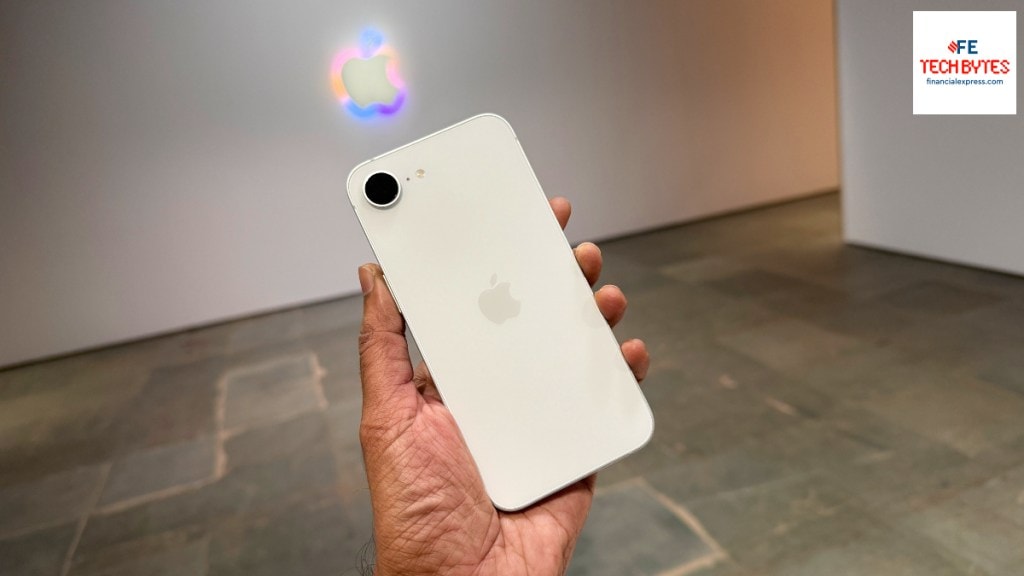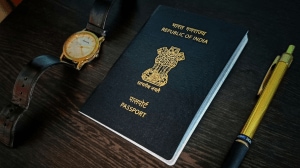Apple wants to forget the iPhone SE. It wants YOU to forget the iPhone SE. The “special edition” was a great idea on paper. Yet, it seemed like more trouble than it was worth. Since debut, there have been only three SE phones. The launch window was haphazard. There was no surety when the next one would come along—until it didn’t. That is not to say, Apple is averse to launching affordable iPhones.
But affordability on its own is a subjective matter. And Apple has a way with words. So, it can easily walk away by calling the iPhone 16e “a new addition” to the iPhone 16 lineup that offers “powerful capabilities” at a “more affordable” price. The idea, as with the SE, is to give “incredible value” but with no SE in the name, that value can now afford to come in at an eye-watering Rs 59,900 starting. That’s a lot of money for an SE. But for a new “edition” of the iPhone 16, apparently not.
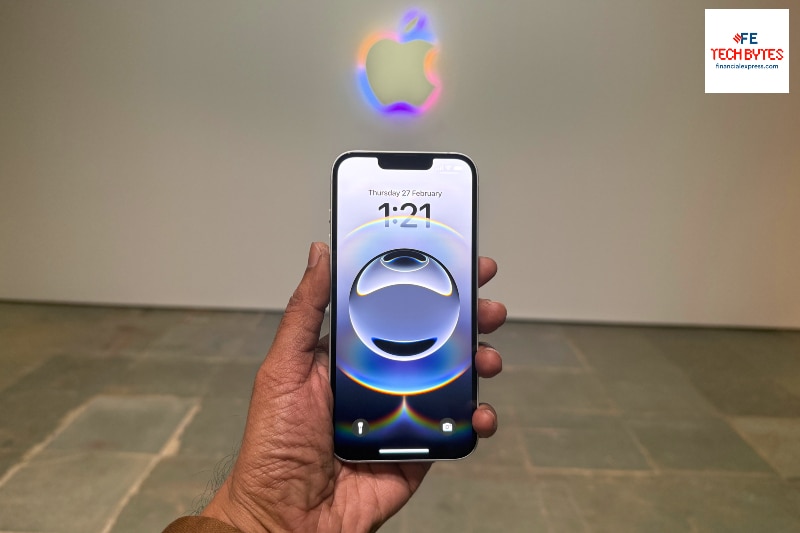
It’s been a while that Apple ruffled some feathers. With the iPhone 16e, it’s got people talking again. As they say, there’s no such thing as negative publicity. If anything, the 16e’s shortcomings could inspire an uptick in iPhone 16/15 sales. Apple would love that. I digress.
What’s imperative is that the 16e has shortcomings. Several. You might have heard about some of them if you follow technology and are interested in latest smartphones. The lack of MagSafe is a bummer but Apple reportedly told veteran journalist John Gruber, it doesn’t see its target audience bothered by the omission. It doesn’t specify who this TG is, but it is safe to assume, it is people coming from older iPhones like the 11 or 12, or those seeking out an iPhone for the first time but don’t want to/can’t splurge.
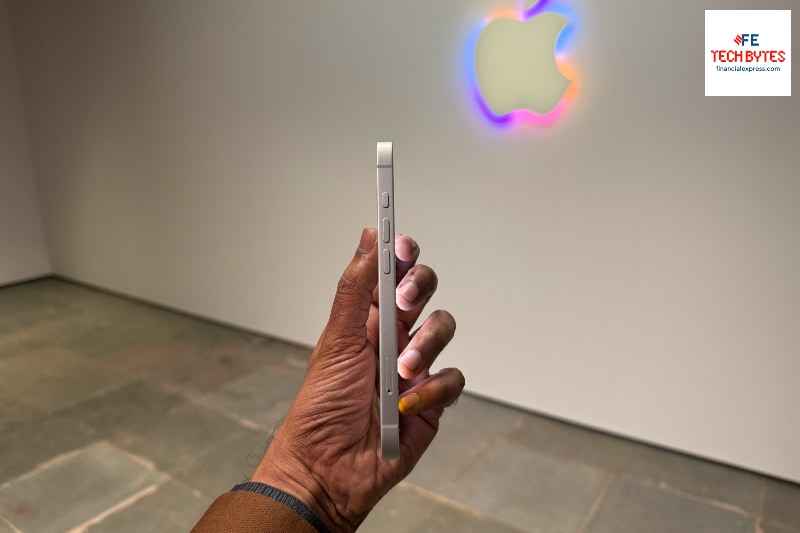
Some of its other shortcomings are straight-up cost-saving measures, like for example, the missing ultrawide camera or the fact that it uses the first-generation of Ceramic Shield glass, or that it uses the iPhone 14 chassis for base design (which also means that it has a wide notch we haven’t seen on iPhones since the 15). There are only two colours to choose from, black and white, so on and so forth.
You might be wondering, how Apple expects to sell it. There are two ways. One is by telling you clearly, the iPhone SE is no more, which means don’t expect a “dirt-cheap” iPhone anytime soon, or maybe, never. The other—and this is more important—is the promise of a future where these phones would be updated more frequently—possibly every year—with the guarantee of modern hardware at relatively more affordable prices. Think of it as another tier to bring the “Apple experience” to a new set of people for whom dual cameras or MagSafe, isn’t a deal-breaker because (a) they’ve never experienced those things, and (b) they don’t care, they just want a basic iPhone which is also the latest and greatest in some ways.
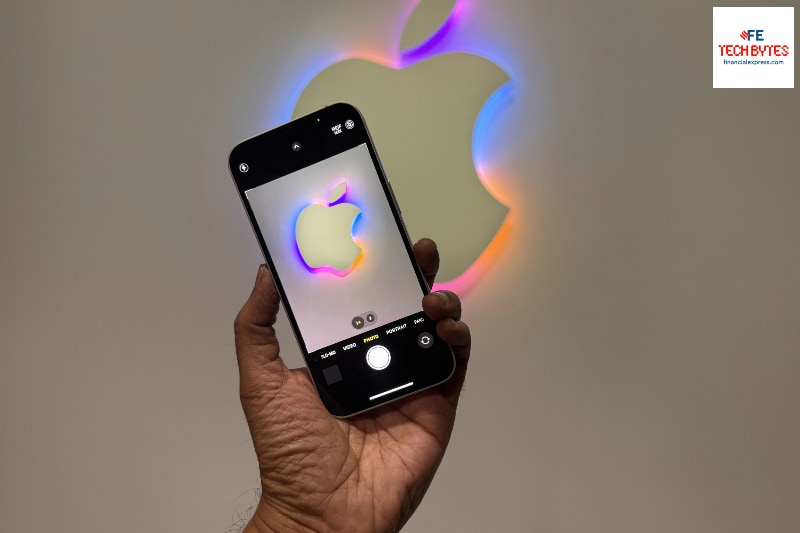
That, in case of the iPhone 16e means, access to the A18 chip for things to remain fast and fluid for years to come, a 48-megapixel “2-in-1” camera that can—when required—double as a 2x telephoto, or—and this is the biggest feature—fantastic battery life. The C1, Apple’s maiden modem venture, and its AI suit of features—Apple Intelligence—are icing on the cake.
Simply put, Apple’s strategy with the “iPhone 16e” marks a clear departure from the inconsistent SE line. By repackaging affordability within the broader iPhone 16 family, it aims to reset expectations. This move allows Apple to offer a “more accessible” entry point, albeit at a premium, while simultaneously distancing itself from the limitations and sporadic releases that plagued the SE’s legacy. Whether consumers embrace this new approach, trading familiar features for a modern chip and extended battery life, will ultimately decide if Apple’s gamble pays off.
Follow FE Tech Bytes on Twitter, Instagram, LinkedIn, Facebook
